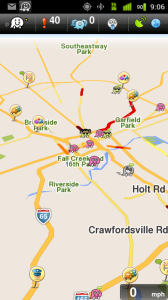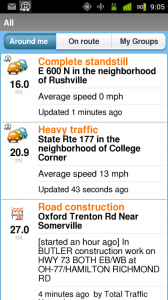
Recently I have started to express an increased desire to attend tech conferences. The other day, I was mentioning a conference I saw and my wife asked why I wanted to attend conferences. Was it because my friends were attending conferences themselves and tweeting about them and I wanted to tweet about one?
I’ll admit, I do feel a little left out. My friends that I follow are travelling the country and attending these great conferences and have exciting things to share from them. They are building relationships that continue after they head home/o attend an IT related conference. I have to the point that my wife asked why I am looking at conferences? Is it because I want to tweet about it or because several of my friends are attending them and I want to be like them?
Part of me though wants to attend conferences to break out of my own tech bubble. Here where I work, I have a real good feel for what we are doing technology wise. I better have a good feel, I’m the ONLY IT guy for the entire company. While this is nice at times, there are times it would be nice to discuss current strategies and emerging technologies. I do have a friend that I eat dinner with on a regular basis and we sometimes discuss what we are doing, but it doesn’t get very in depth or very critical.
I feel that, sometimes, we as IT Professionals need an outside person to question what we are doing and why. The few conferences I have been able to attend, there is typically a time to converse with those around you. While in conversation, if you get into any kind of depth about methods and procedures, somebody is sure to ask, “Why does your process includes this” or “Why you have a service setup that way?” In times like this, the answer of “That’s just how we do it” doesn’t work. We are challenged to explain why we do it that way and sometimes in that explanation, a revelation occurs and we find a better way to improve an existing process or achieve a goal. This is why I’ve tried to setup a monthly luncheon with the other IT Professionals from my area. So we can build a comrade, get to know what we are doing, and maybe even help each other.
Conferences also give us a chance to get a quick demonstration of new and emerging technologies, services, and processes. Typically the keynote address is somebody that has had a big influence in the technology sector. When you listen to this address, you get inspired. You get pumped up. You get excited about where we have been and where we are going. Additional breakout sessions help build on this excitement so that when you return to work, you feel rejuvenated and ready to attack problems head-on instead of dragging your feet and reluctantly doing the projects.
So, why do I want to attend conferences? To learn. To network. To share. To be inspired. To get out of the occasional rut I get into.





